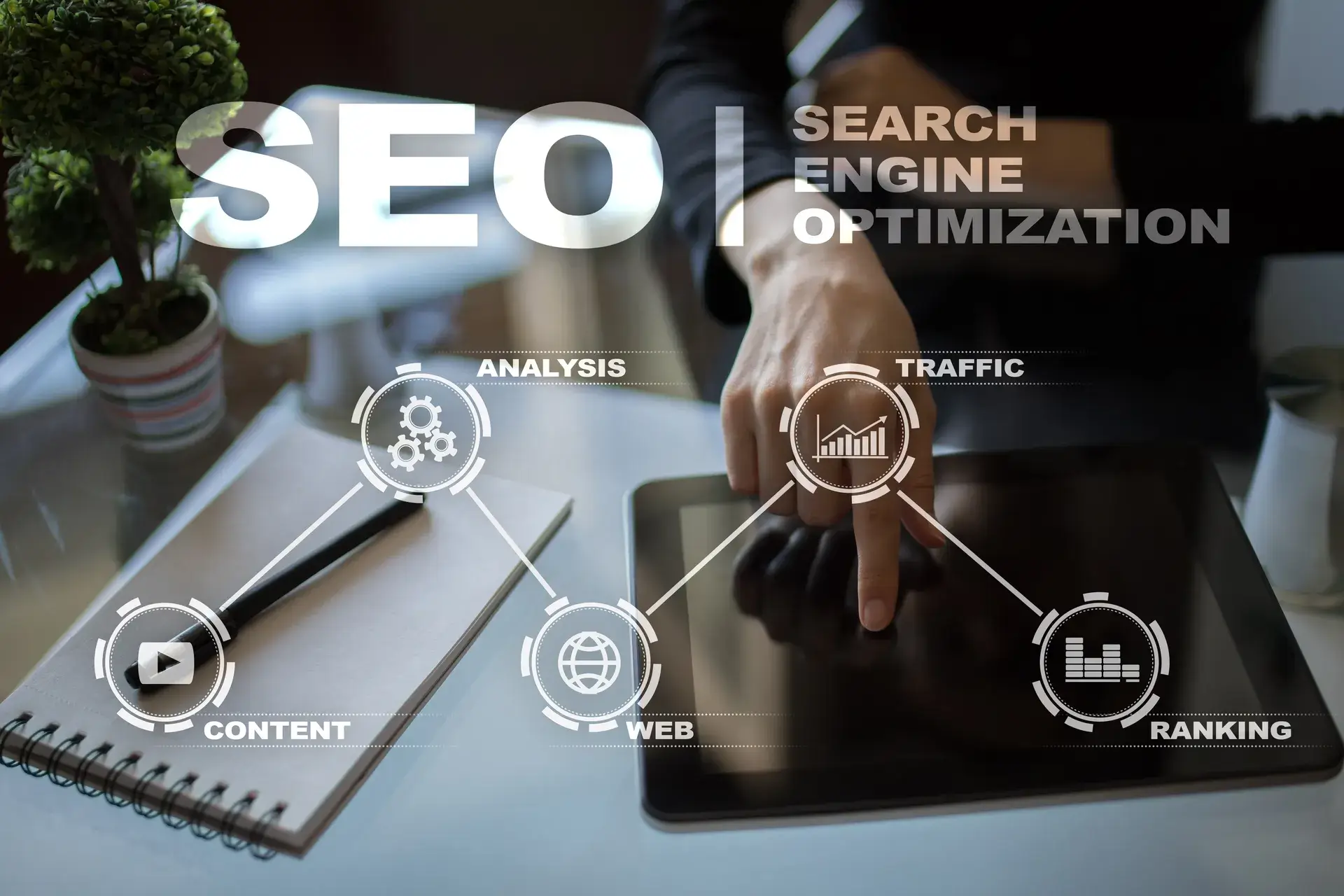Web content SEO is essential for ensuring that your website's content ranks well on search engines. In this comprehensive guide, we'll explore the best practices for optimizing your content, from keyword research to on-page SEO techniques. Whether you're a content creator, marketer, or business owner, these strategies will help you enhance your online visibility and drive more traffic to your site.
What is Web Content SEO?
Web content SEO involves optimizing the content on your website to improve its visibility in search engine results pages (SERPs). This includes various techniques such as keyword optimization, content structure, and quality improvements that align with search engine algorithms.
1. Conduct Thorough Keyword Research
The foundation of effective web content SEO is keyword research. Understanding what your audience is searching for allows you to create content that meets their needs. Here’s how to conduct keyword research:
- Use Keyword Tools: Tools like Google Keyword Planner, SEMrush, or Ahrefs can help identify relevant keywords and phrases.
- Long-Tail Keywords: Focus on long-tail keywords that target specific search intent, as they often have lower competition.
- Analyze Competitors: Look at the keywords your competitors are ranking for to identify opportunities.
2. Optimize Your Content Structure
Creating a clear and organized content structure makes it easier for search engines to understand your content. Key aspects to consider include:
- Headings and Subheadings: Use H1, H2, and H3 tags to create a hierarchy and improve readability.
- Bullet Points and Lists: Break up long paragraphs with bullet points to enhance scannability.
- Internal Linking: Link to related articles within your website to keep users engaged and improve SEO.
3. Create High-Quality, Engaging Content
Quality content is paramount for effective web content SEO. Here are tips to ensure your content stands out:
- Answer User Intent: Ensure that your content addresses the queries and needs of your target audience.
- Add Value: Provide insights, solutions, or entertainment that is valuable to readers.
- Use Engaging Visuals: Incorporate images, infographics, or videos to enhance the user experience and break up text.
4. Optimize On-Page Elements
On-page SEO plays a critical role in how search engines rank your content. Important on-page elements include:
- Meta Titles and Descriptions: Write compelling titles and meta descriptions that include main keywords to improve click-through rates.
- Image Alt Text: Use descriptive alt text for images to improve accessibility and SEO.
- URL Structure: Keep URLs concise and relevant, including keywords where appropriate.
5. Monitor and Adjust Your Strategy
SEO is an ongoing process. Regularly monitor your content's performance and adjust your strategy as needed. Use tools like Google Analytics and Google Search Console to track metrics.
Conclusion
Proper web content SEO is vital for driving traffic and achieving higher rankings in search engines. By conducting thorough keyword research, optimizing content structure, creating high-quality content, refining on-page elements, and continuously monitoring your results, you can significantly enhance your site's visibility. At Prebo Digital, we offer expert SEO services to help businesses achieve their online goals.







